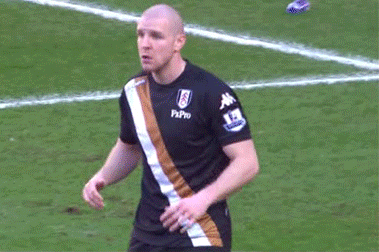Recap of EDEL 316: Communication through Mathematics Education
During elementary and junior high, I personally excelled in math. I found numbers and calculations easier to work with rather than words and stories. Thus, going into this course I wasn't worried as I was able to relate back into my own personal experiences and enjoyment of math and how I could apply that when teaching it. (I was actually THAT kid where the teacher would announce who got that highest mark on the test when giving them back... guess who's name they'd called.)
Thoughts Throughout
The grade for the course was divided into 1 final exam and 4 assignments. Now, you may be thinking that 4 assignments seem excessive, but truthfully I found it more of a fair way to assess our understanding of the mathematical content than resorting to (just) midterms. Our assignments ranged from group to partner to individual assignments, so when looking back on them I can't be more happier with the people that I worked with. Also, I walked away with marks and constructive criticism that I can't complain about!Some topics that we learned in this course included how to teach the different operations and how to concretely, visually and pictorially represent numbers in various ways. This includes using various manipulatives that are appropriate for children, such as base 10 blocks and pattern blocks. Our professor also introduced us to everyday materials that we can incorporate in our math lessons, like how to use straws and pipe cleaners to make 2D shapes and 3D objects. Wicked right? I was actually going to put a picture of what we did on our first day, but I cleared out half my data on my phone, including most of my pictures... so not I can't. Silly me. (No really, I was so excited to show you readers!)
Final Thoughts
I have to remember that especially in elementary schools, to not always use testing as a consistent assessment tool. I had a conversation with a teacher last week in how product should not be the only tool. He said how along with product, there's also observation and conversation. This means that there are other ways in assessing a student's understanding rather than using unit exams. I mention this because I felt our math professor used this triangular method in class. When she was marking our many assignments, she considered our conversations we discussed in class through observing and noticing our discussions and interactions within our tables. Honestly, I don't mind group work, only when the other group members are contributing. If they aren't, group work becomes my nightmare. Not this class though, I felt that the people that I sat with have constantly contributed during class time. What's that phrase? Sharing is caring? Good thing I'm not Mitchell Pritchett.

No comments:
Post a Comment